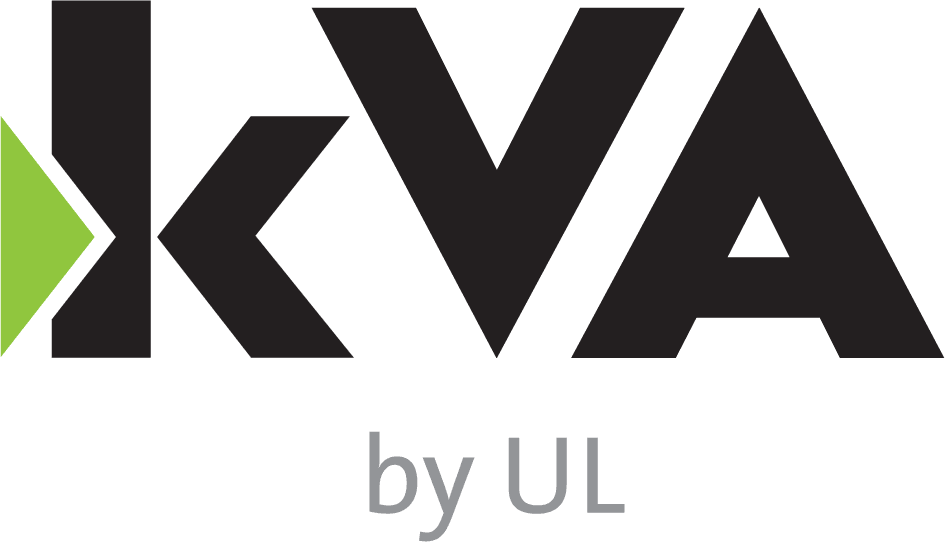With over a hundred million vehicles on US roads and a billion cars being used worldwide, the automotive industry is enthusiastically marching ahead towards autonomy. Be it Uber’s self-driving car or a regular Honda or Toyota, most cars today exhibit some level of autonomous behavior. This pursuit of trying to make cars think and act on their own has added much complexity to the process of building a vehicle.
In order to ensure the processes and end products are safe, a clear documentation of the working, failure modes, fail safes and all safety related materials called the safety case is required. The ISO 26262 standard defines a safety case as an argument that the safety requirements for an item are complete and satisfied by evidence compiled from work products of the safety activities during development. By creating a safety case in compliance with an accepted standard, it could be shown that the risk associated with processes and components used are as low as reasonably practicable.
medini analyze software supports the IEC 61508 and ISO 26262 standards. A major portion of the safety case can be done using this tool. The key features that make medini analyze a good choice for building a safety case are:
- Integration between design and analysis: All the work products generated during the entire safety lifecycle should be compiled as the safety case. This task becomes easier in medini analyze as it integrates item definition, system architecture, hardware, software models with HARA, FTA, FMEDA, FMEA and provides consistency between architecture, design and analysis.
- Traceability: Since all of the information is on one platform, traceability is high in medini analyze. The safety goals created can be assigned to the hazards in the HARA. Requirements can be mapped to each module in the software or hardware architecture and so on. This is very helpful in change management as the user can keep track of all related safety information.
- Import and export capabilities: medini analyze interfaces with a wide range of popularly used platforms like excel, DOORS, IBM Rational, MATLAB/Simulink, Enterprise Architect, Faulttree++ etc. The reporting feature in medini analyze allows the generation of a report for the entire project which can be saved and accessed outside of medini analyze.
medini analyze strikes a good balance between not being too automated so that the whole purpose of analysis is defeated and not being as tedious as having to specify everything manually. It greatly reduces effort, saves time and ensures that the end products are safe.

